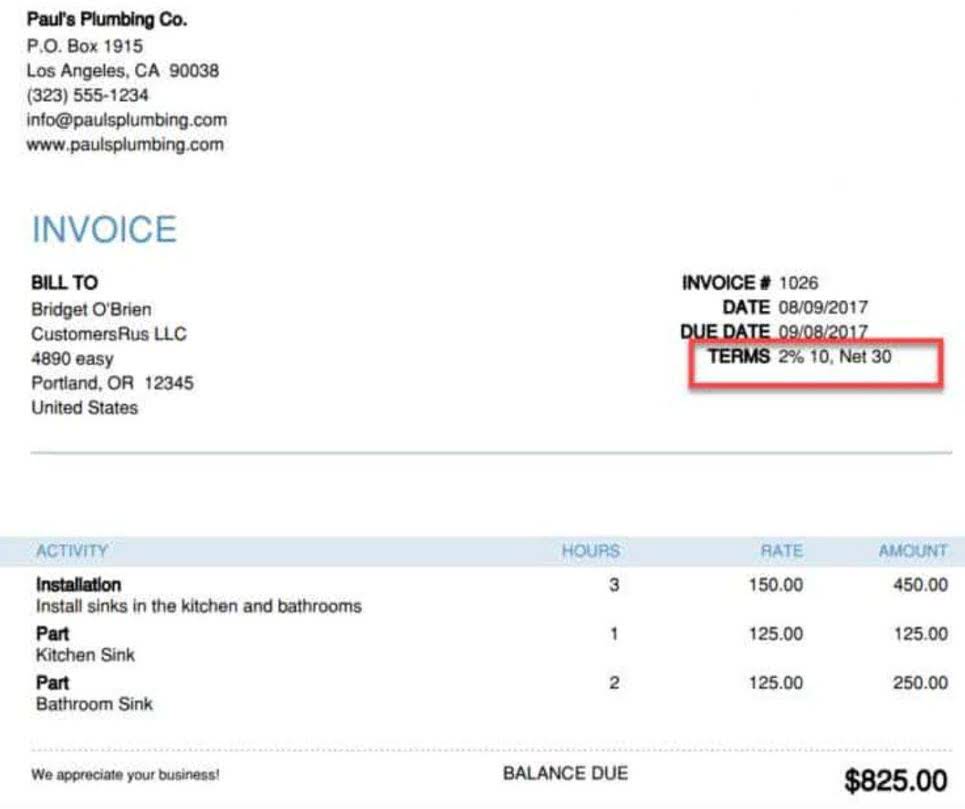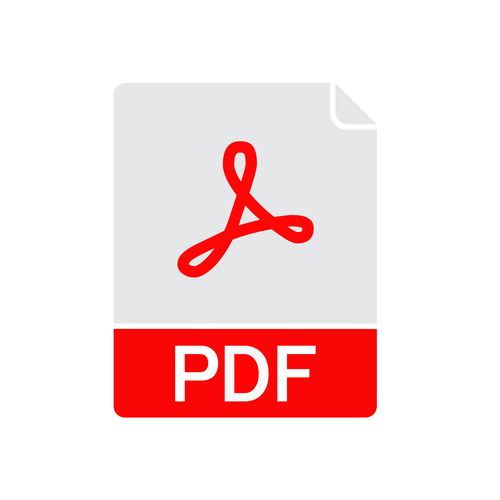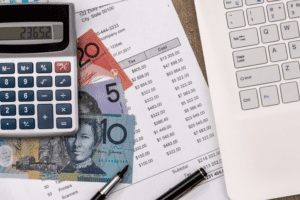
Debits increase assets and expenses, while credits increase liability and equity. In every transaction, debit and credit must always balance out to ensure the financial statements accurately reflect the company’s financial position. Equity represents the owner’s claim on the company’s assets after all liabilities have been paid off. Shareholder fundamental accounting equation equity can be broken down into paid-in capital—contributed by original stockholders—and retained earnings. The shareholders’ equity number is derived by subtracting total liabilities from total assets, ensuring the balance sheet accurately reflects the company’s financial state.
ROE EXERCISE: MANAGING CURRENT LIABILITIES
- Assets are resources owned by the company, such as cash, inventory, and property.
- Another widespread myth is that financial figures remain unchanged unless major transactions occur.
- Using accounting software simplifies this process, ensuring accuracy and keeping the equation balanced.
- The accounting equation is a broad concept that explains how the total value of a company’s assets is split between its liabilities and shareholders (equity).
- Assets represent the valuable resources controlled by a company and liabilities represent its obligations.
- When accountants prepare financial statements, this system guarantees the balance sheet will balance and the income statement will correctly flow into retained earnings.
- Misclassifying them can distort your income statement and overstate business expenses.
Since you’re not incurring a new expense or earning income, equity stays the same. Some also confuse the equation’s simplicity with a lack of importance, overlooking its crucial role in preventing errors and providing a clear financial snapshot. Consistent application of the accounting equation enhances financial literacy and transparency across business operations.
LIFO and FIFO Inventory Management: A Complete Guide
The shareholders’ equity number is a company’s total assets minus its total liabilities. It can be defined as the total number of dollars that a company would have left if it liquidated all its assets and paid off all of its liabilities. Some Outsource Invoicing believe double-entry bookkeeping is too complex for small businesses. The balance in the accounting equation confirms the integrity of the company’s financial data. To fully understand the accounting equation, it’s essential to explore each component in detail with real-world examples. It’s important not to confuse liabilities with expenses; while both are outflows, liabilities represent debt owed, whereas expenses are costs incurred to generate revenue.

Known Limitations of the Formula

Accountants and members of a company’s financial team are the primary users of the accounting equation. Understanding how to use the formula is a crucial skill for accountants because it’s a quick way to check the accuracy of transaction records . The Fundamental Accounting Equation serves as the foundation for double-entry accounting, a system where every transaction affects two or more accounts. By adhering to this equation, businesses can ensure that their financial records remain accurate and balanced.
$10,000 of cash (asset) will be received from the bank but the business must also record an equal amount representing the fact that the loan (liability) will eventually need to be repaid. Required Explain how each of the above transactions impact the accounting equation and illustrate the cumulative effect that income summary they have. In the case of a limited liability company, capital would be referred to as ‘Equity’. The Accounting Equation is a fundamental principle that states assets must equal the sum of liabilities and shareholders equity at all times.

Company Overview
In this example, we will see how this accounting equation will transform once we consider the effects of transactions from the first month of Laura’s business. The accounting equation shows the amount of resources available to a business on the left side (Assets) and those who have a claim on those resources on the right side (Liabilities + Equity). It helps keep accurate records, whether you’re managing expenses or invoicing clients.
Accountingo.org aims to provide the best accounting and finance education for students, professionals, teachers, and business owners. Many financial figures like asset values or bad debt provisions depend on personal judgment. These estimates can differ depending on the assumptions made by management, which might not always reflect reality.
- The difference between the $400 income and $250 cost of sales represents a profit of $150.
- The double-entry system requires a company’s transactions to be entered/recorded in two (or more) general ledger accounts.
- Since you’re not incurring a new expense or earning income, equity stays the same.
- By grasping key accounting principles, businesses can prevent costly mistakes and use financial insights for smarter decision-making.
- The accounting equation is essential for producing reliable financial records.
- The future cash flows related to assets are debts that may be recorded at their current value, but their true worth can change over time due to inflation or investment opportunities.
ACCOUNTING FOR LONG-TERM NOTES PAYABLE
At the heart of HighRadius’s R2R solution is an AI-powered platform designed to cater to all accounting roles. One of the standout features of the solution is its ability to automate almost 50% of manual repetitive tasks. This is achieved through LiveCube, a ‘No Code’ platform, that replaces Excel and automates data fetching, modeling, analysis, and journal entry proposals. To see a live example of how the accounting equation works let us utilize the 3M 2023 Annual Report.

Owner Withdrawal / Dividends Paid
- Since ASC has not yet earned any revenues nor incurred any expenses, there are no amounts to be reported on an income statement.
- Liabilities directly impact the financial health and cash flow management of a company.
- Here we see that the sum of liabilities and equity equals the total assets and the equation balances.
- Individual transactions which result in income and expenses being recorded will ultimately result in a profit or loss for the period.
- It’s important not to confuse liabilities with expenses; while both are outflows, liabilities represent debt owed, whereas expenses are costs incurred to generate revenue.
Indeed, from the accounting equation, you can derive the balance sheet. And from the balance sheet, you can also derive the income statement and cash flow statement. If the accounting equation is unbalanced, debits don’t equal credits in the trial balance, and any financial statements generated would be unreliable and inaccurate.

